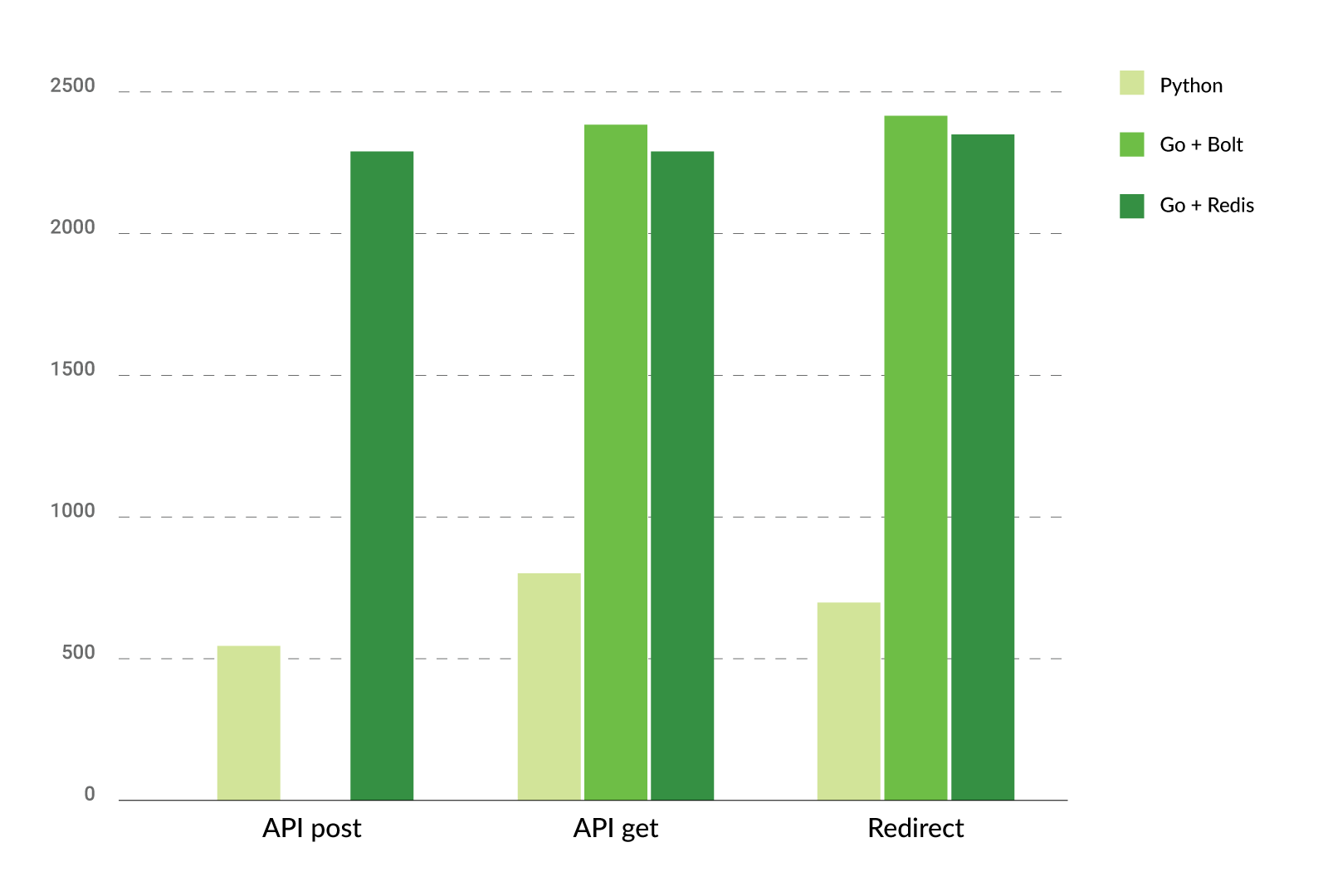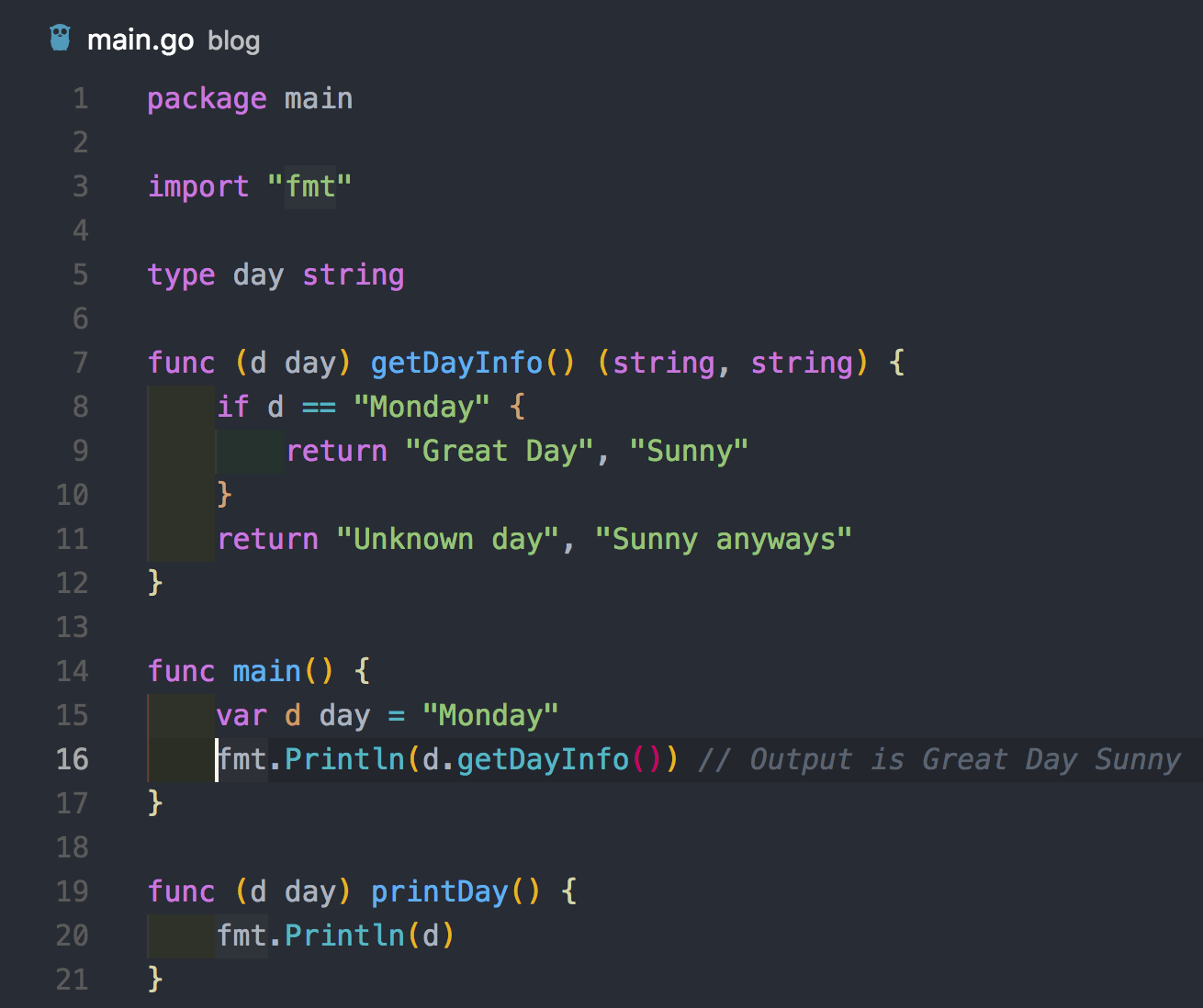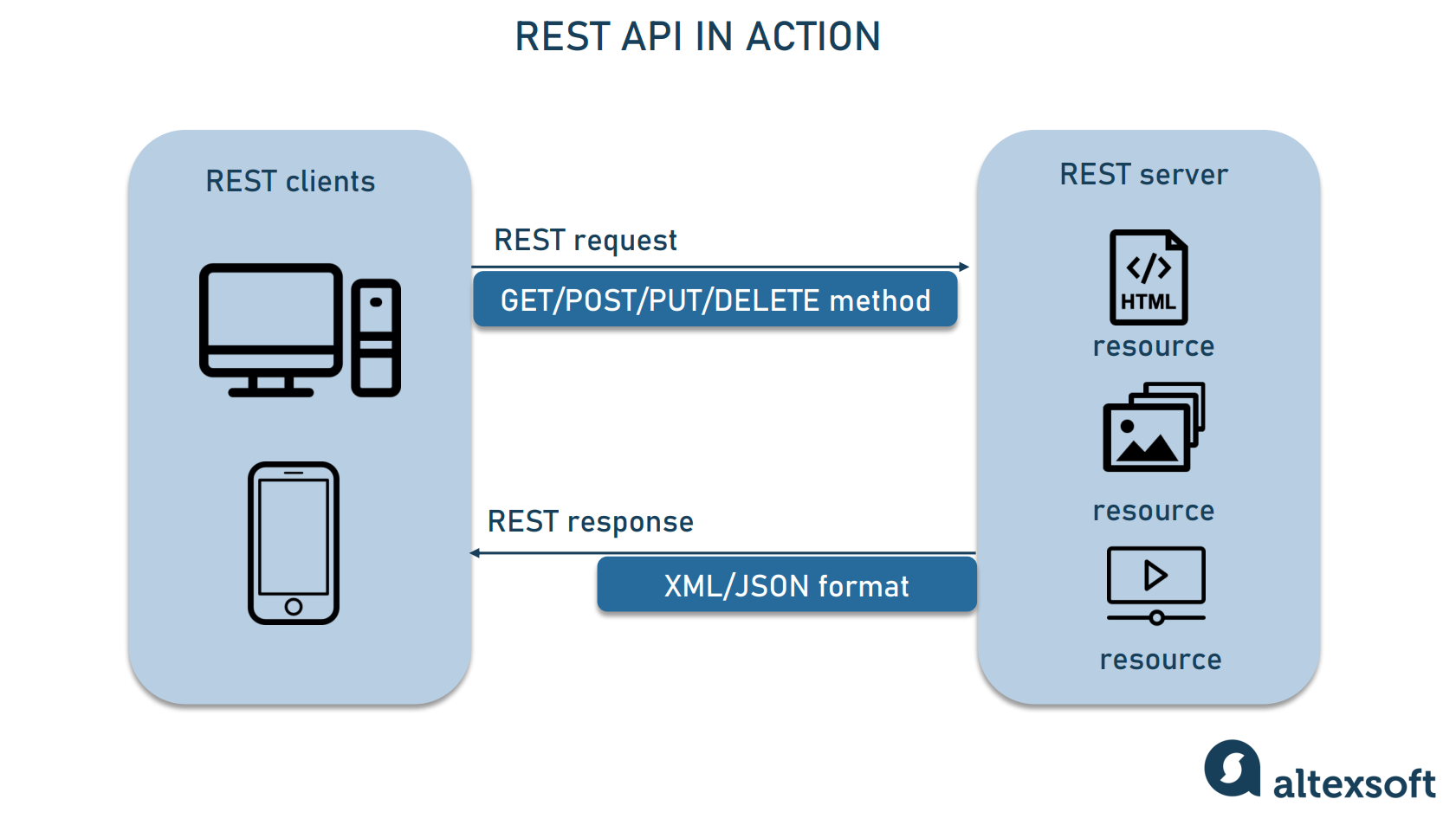
HttpRouter exists because Go's default ServeMux is slow and can't handle path parameters. When you need to route /users/:id without writing regex nightmares, HttpRouter is the tool. Been running this in production recently and haven't hit any major performance walls yet.
The Real Story
Here's what actually matters: HttpRouter uses a radix tree for route matching, which means lookups are stupidly fast. The creator Julien Schmidt built this because he was tired of slow routers that allocated garbage like it was going out of style.
![]()
What you get:
- Path parameters that don't suck:
/user/:idworks exactly like you'd expect - Zero memory allocations for static routes (proven by benchmarks)
- Method-specific routing that doesn't require middleware bloat
- Custom 404/405 handlers because the default ones are useless
What you don't get:
- Regex support (this will bite you when you need
/user/\d+) - Built-in middleware (you're writing wrapper functions for everything)
- Automatic parameter validation (Path parameters accept any garbage - validate everything yourself)
You'll end up writing ugly validation functions for every damn parameter. Ask me how I know - spent a Tuesday debugging why my user endpoint was accepting emoji as user IDs.
Performance Reality Check
The benchmark numbers look impressive but take them with a grain of salt. In real-world usage:
- HttpRouter matters when you're serving 10k+ requests/second
- For most CRUD apps, the performance difference is negligible
- We switched from Gorilla Mux and CPU usage dropped noticeably - response times improved by maybe 30-40% but honestly the database queries were still the real bottleneck
- The lack of middleware means you'll spend time building your own CORS, authentication, and logging wrappers
Production Gotchas I Learned the Hard Way
Catch-all routes are greedy as hell: If you define /files/*filepath, it'll match /files/whatever/goes/here but can break other patterns. Order matters more than the docs let on. We had this production incident where a catch-all route was eating our health checks. Spent most of a weekend debugging why our monitoring was failing while PagerDuty was lighting up like a Christmas tree - turns out route order matters way more than the useless docs suggest.
Panic recovery is good but the default handler is useless: You'll want to customize the panic handler to actually log useful error details instead of generic 500s.
The middleware story is annoying: Unlike Gin or Echo, you're on your own for middleware. Here's the wrapper pattern you'll end up using everywhere.
When to Actually Use This
Perfect for:
- High-throughput APIs where every millisecond counts
- Microservices that need minimal overhead
- Performance nerds who want to squeeze every nanosecond
- Teams comfortable writing their own middleware
Skip it for:
- Rapid prototyping (use Gin instead)
- Complex routing needs (use chi)
- Teams that need extensive middleware ecosystems (Echo or Fiber)
Current Status (Not What Marketing Says)
The latest release is v1.3.0 from September 2019, which either means it's rock solid or maybe the maintainer got distracted by life. Recent commits show some bug fixes through 2024, so it's probably not completely dead.
But honestly, it's simple enough that it doesn't need constant updates. Unlike some frameworks that break your app with every update (cough Node.js ecosystem).
Update (2024/2025): Go 1.22's enhanced ServeMux changed the game. HttpRouter is still faster, but now the stdlib doesn't completely suck for most projects. Note: Go 1.21 and below will break your build spectacularly if you try to use the new ServeMux features - learned that one the hard way during a Docker build that took... what, 45 minutes? Maybe an hour? Long enough to question my career choices.
Gin framework uses a custom router inspired by HttpRouter's design, which is probably the strongest endorsement you'll get. If you're building something that needs to handle serious traffic and you don't mind writing your own middleware, HttpRouter mostly delivers on its performance promises.


